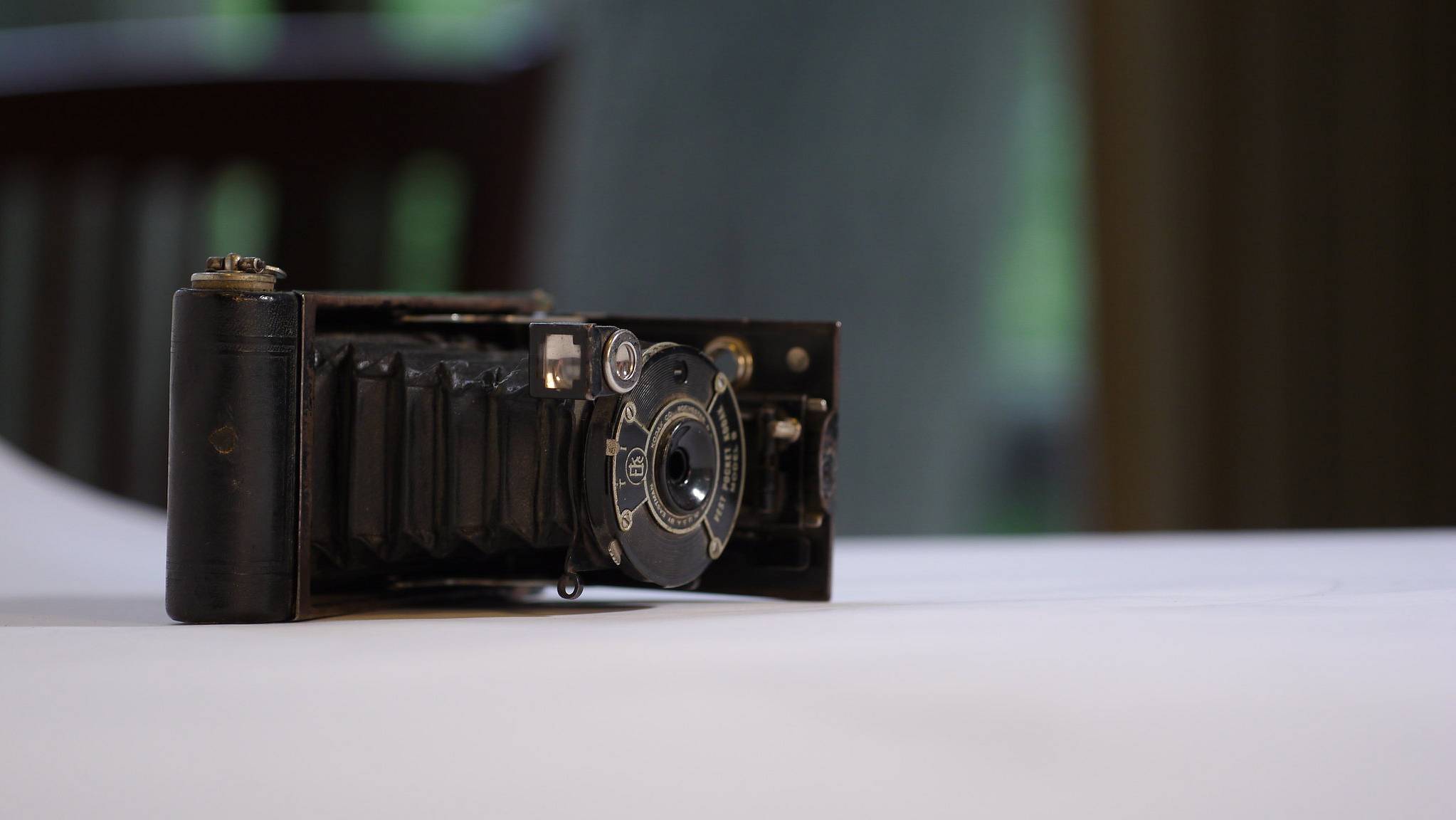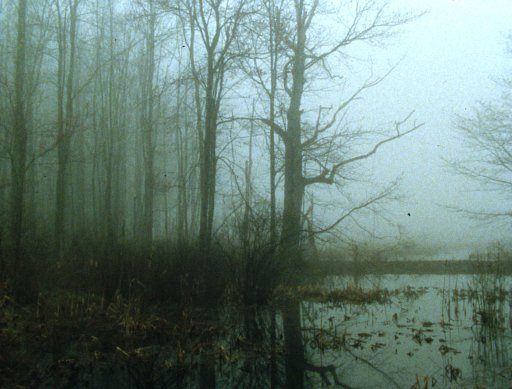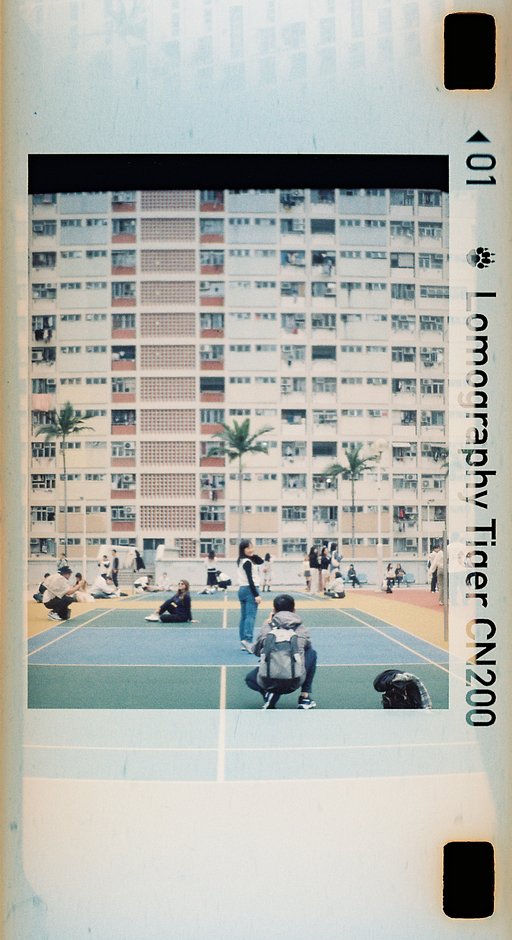The Life and Death of 127 Film
29 21 Share TweetIf you’re not familiar with 127 film, don’t worry, you’re definitely not alone. These days it’s rarely mentioned. However for a brief time in history 127 was the popular kid when it came to film formats.
But first, what exactly is it?
Well, 127 film is 46 mm wide, which places it between 35 mm and 120 film in size. Like 120, it’s a paperback film and the cameras that used it produced negatives that were 4x4cm, giving 12 images on a roll, 4x6cm (8 images), or 4x3cm (16 images).
127 film was first created by Kodak in 1912 for their new Vest Pocket Camera (pictured above right). This was a folding camera that, as you can probably guess from the name, would fit comfortably in the vest pocket of the user. For this reason 127 film was also often referred to as Vest Pocket film.
127 film was extremely popular when it was first released due to the portability of the folding cameras that used it. Crucially, it was also affordable.
Some of the earliest folding “vest pocket cameras” included the Zeiss Ikon Kolibri, Zeh Goldi, and of course, the Kodak Vest Pocket.
So well made were these cameras that many of them are still in working condition today and can be found at a cheap price. If you do manage to get your hands on one of these Vest Pocket Cameras, you may also be surprised at just how genuinely compact they are. A piece of technology over a century old may not always be the easiest to use, but when you do get a decent image out of them it’s certainly satisfying. Just check out the pictures below!
Despite it's initial popularity, when 35 mm film was introduced in the 1930s with its smaller size and greater number of exposures, 127 film fell out of favor.
But then in the 1950s 127 film experienced a revival with the release of many cheap and easy to use cameras such as the Kodak Brownie 127. Three models of the Brownie were produced between 1952 to 1967 and they were some of the earliest plastic cameras ever made. These cameras were geared towards simplicity and ease of use, with a fixed aperture and shutter speed.
Imperial was another camera brand that made many of these cameras similar to the Kodak Brownie, with plastic lenses and fixed apertures, the most well known being the Imperial Satellite.
There were also more advanced and high-end twin lens reflex cameras that produced 4x4 exposures like the Rolleiflex Baby (or “Baby Grey”) as well as the Yashica-44.
Other 127 cameras from this time include the Kowa Komaflex-S and Ricoh Super 44.
During this period 127 film was also made available in color slide emulsions, and the resulting 2 inch square transparencies were known as “Superslides.” They could be projected in a normal projector designed for 24x36 mm slides.
Kodak eventually stopped producing 127 film in 1995. For those wanting to shoot 127 film these days there are just a few available options left. The only commercially available 127 film is Rerapan, in black and white, as well as color slide film. Aside from this there’s of course discontinued and expired 127 films that can be found online such as Agfa Isopan, Efke R100, and Ilford FP4+. (It’s also possible to cut your own 127 film from 120, but that’s a tipster for another time.)
When it comes to development, most professional labs should be able to develop and scan 127 film on request, though they will likely charge a higher price for doing so. Developing at home is also simple. Just make sure you have a film reel that is adjustable for 127 format.
Perhaps the most exciting thing about the 127 format is that there are still plenty of options when it comes to quirky cameras to shoot with. The lack of available film means these cameras are often overlooked, and they can still be found very cheaply online or at vintage stores and flea markets. Especially those cameras produced in the 50s like the Kodak Brownie.
So what will be the fate of 127 film? One thing we can be sure of is that the film community will never allow it to disappear entirely. We know how much analogue enthusiasts enjoy rising to the challenge of shooting obscure formats. Right now it’s difficult and expensive to get hold of 127 film to shoot, but who knows, that may not always be the case. After all, there are so many 127 cameras lying around in perfect condition, a little dusty, but just waiting for someone to bring them back to life.
Have you ever experimented with an obscure film format? Get in touch to tell us about it or comment below.
Preview image courtesy of David on Flickr.
written by alexgray on 2022-11-20 #gear #culture #127-film #kodak-brownie #film-format #kodak-vest-pocket-camera #yashica-44 #film-history #rolleiflex-baby #tech-junkie
































21 Comments